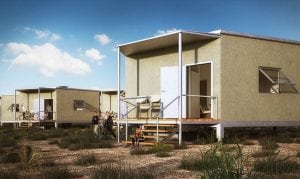
Agriculture
February 29, 2024
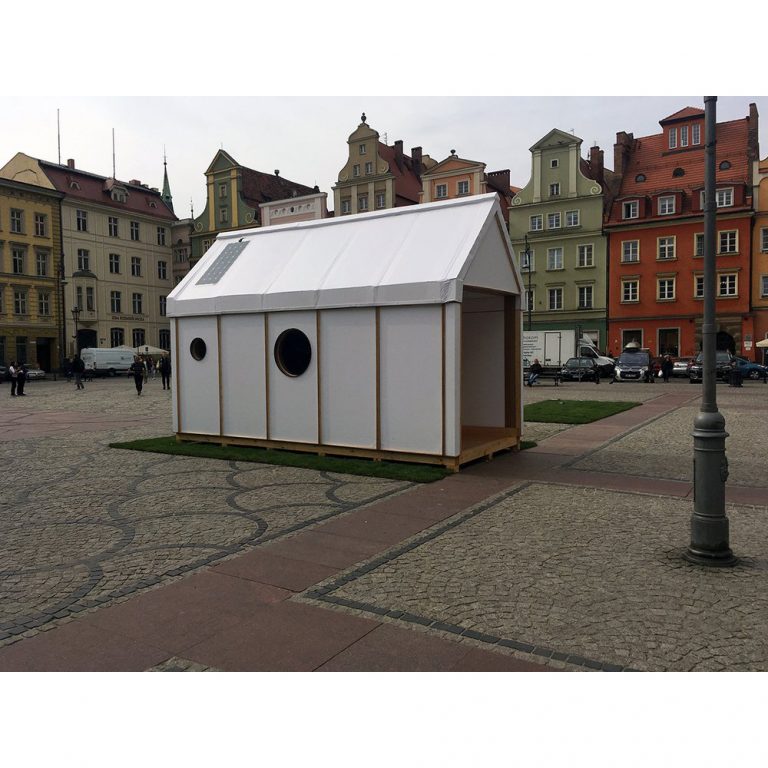
Updated on March 15, 2024
·Created on November 30, 2022
The house of Cards is a housing unit made out of paper components and designed to used for 5-20 years. The project is part of a larger housing development composed of pre-fabricated modules.
House of Cards is a prototype which concerns the matter of creating new solutions for houses made out of at least 70% (by volume) of paper components. The House of Cards is a prototype of a cardboard house unit designed and implemented as an answer for contemporary and future generations’ problems including so called neo-nomads as well as refugees and other people who were forced to leave or lost their homes. The structure uses paper and cardboard as the main building material
Target Users (Target Impact Group)
Distributors / Implementing Organizations
Wroclaw University of Science and Technology
Manufacturing/Building Method
The building method include the following steps: 1) Delivery of building kit, 2) Unpack building kits, 3) Unroll paper mats for the floor and walls, 4) Assemble envelope panels and metallic tube framing, 5) unroll and install paper mats and interior insulation panels, 6) Attach side panels, 7) Install doors, windows, and utilities.
Intellectural Property Type
Select Type
User Provision Model
This product is distributed by the manufacturer. Customers can request a quote based on structure size and additional specifications.
Distributions to Date Status
Unknown
Intended number of occupants (#)
Unknown
Speed of assembly (h)
Unknown
Footprint area (m²)
Unknown
Internal volume (m³)
Unknown
Material composition
Paper-based
Lifespan (years)
Unknown
Flammable flash point temperature (ºC)
Unknown
Maximum snow load (kg/m²)
Unknown
Maximum wind speed (km/h)
Unknown
Suitable climates
Unknown
Design Specifications
The foundation of the house is made of a concrete slab of 6 x 2.4 m with a variable thickness of between 12 cm and 20 cm depending on structural needs. The structure is based on prefabricated components made of cardboard as well as wall and roof panels. The construction process seeks to be easy and fast, and the weight and volume of the components to be transported are kept to a minimum.
Technical Support
Provided by the manufacturer
Replacement Components
Unknown
Lifecycle
5-20 years
Manufacturer Specified Performance Parameters
The designer seeks to providing an accessible and convenient housing unit that can be easily assembled by non-professionals, without any need for specialist tools that may not be available at the refugee camps.
Vetted Performance Status
Testing performed by the manufacturer determined suitability for habitat, however, no third-party testing has been completed.
Safety
No known safety hazards are related to this product.
Complementary Technical Systems
These structures require Paints and varnishes provided by the manufacturers company to provide protection against the harmful effects of weather and other conditions.
Academic Research and References
Latka, Jerzy F. “Paper in architecture: Research by design, engineering and prototyping.” A+ BE| Architecture and the Built Environment 19 (2017): 1-532.
??tka, Jerzy F., Agata Jasio?ek, Anna Karolak, Pawe? Niewiadomski, Pawe? Noszczyk, Aleksandra Klimek, Sonia Zieli?ska, Szymon Misiurka, and Dominika Jezierska. “Properties of paper-based products as a building material in architecture–An interdisciplinary review.” Journal of Building Engineering 50 (2022): 104135.
Compliance with regulations
The product complies with the ISO 2394. General principles on reliability for structures
Other Information
Elements like honeycomb panels, U-shaped cardboard profiles, plywood, OSB boards are covered with a protective layer.

Agriculture
February 29, 2024
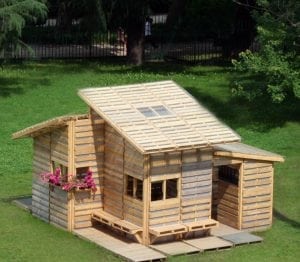
Agriculture
March 1, 2024
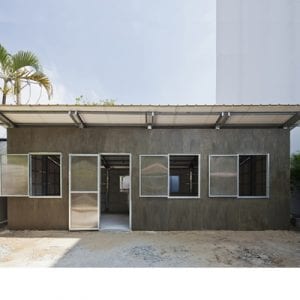
Agriculture
March 8, 2024
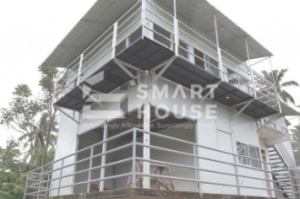
Agriculture
March 11, 2024
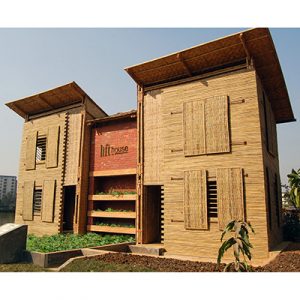
Agriculture
August 31, 2020
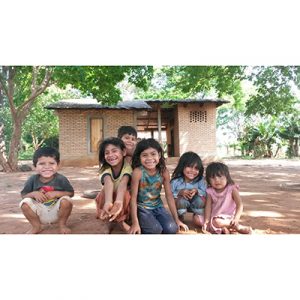
Agriculture
March 11, 2024
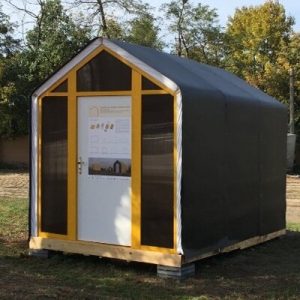
Agriculture
March 15, 2024
Have thoughts on how we can improve?
Give Us Feedback